HotSpots H2O, October 22: Lithium Miners Battle for Water in Chile’s Atacama Desert
The Rundown
The Atacama, the world’s driest desert, contains one of the planet’s richest deposits of high-grade lithium. Demand for lithium, a light metal used in cellphones, electric cars, and other emerging technologies, is booming. The largest global lithium producers–U.S.-based Albemarle Corp and Chilean SQM–built their operations within miles of each other in Salar, the lithium-rich basin of the Atacama.
As lithium operations expand, however, concerns about water availability are increasing. Lithium is extracted from brines sourced from mines and salty groundwater reserves. Yet the amount of water available in the the Atacama is unknown, and Albemarle and SQM aren’t the only organizations vying for the resource. Local groups, copper miners, and newcomers are also looking for a share of the region’s water.
In 2013, evidence emerged that SQM was over-extracting brine. This outraged Albemarle, who claimed that SQM risked upsetting water availability–despite past instances, just years before, when Albemarle admitted to the same violation. Ultimately, Chile’s state development agency Corfo released a study declaring that water in the basin was being extracted faster than it could be naturally replaced, but it did not condemn any group for the imbalance.
“When people ask me, ‘Is the water going to run out?’ I tell them, ‘The truth is, we don’t know.” –Mariana Cervetto, a hydro-geologist who has worked with both Corfo and local indigenous communities in the Atacama.
By The Numbers
3 miles Distance between Albemarle and SQM operations in the Salar basin.
80,000 metric tons Lithium produced annually by Albemarle, equating to 36 percent of global demand in 2017.
1.5 meters to 60 meters Depth of wells across Salar that pump lithium-rich brine to the surface. From there, the brine is placed in solar evaporation pond and distilled to extract lithium and other trace metals.
23 Native Algarrobo trees that died in 2013 under SQM’s watch. The desert trees, which were supposed to be carefully monitored by SQM, draw their water from deep underground aquifers. According to government inspectors, the death of the trees is likely a warning signal of underlying water issues.
On The Radar
Corfo, the Chilean development agency, is gathering more information on water reserves in the Atacama desert. The agency is set to release a new study in December, which will hopefully shed light on the future of water in the Atacama.
In addition, Corfo has proposed the creation of a drinking water reserve near the headquarters of Albemarle and SQM. This would allow the government to set stricter limits on water use in the Salar basin.
Resources and Further Reading
Demand for Lithium Creates ‘Water War’ in Chile (Voice of America)
In Chilean desert, global thirst for lithium is fueling a ‘water war’ (Reuters)
Lithium miners’ dispute reveals water worries in Chile’s Atacama desert (Reuters)
A water fight in Chile’s Atacama raises questions over lithium mining (Reuters)
Kayla Ritter is a recent graduate of Michigan State University, where she studied International Relations and Teaching English to Speakers of Other Languages. She is currently based in Manton, Michigan. Kayla enjoys running, writing, and traveling. Contact Kayla Ritter

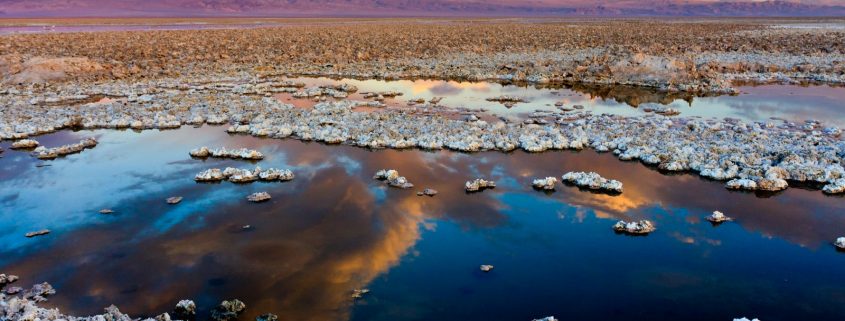

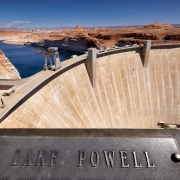
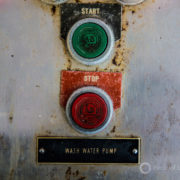
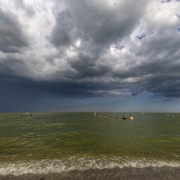
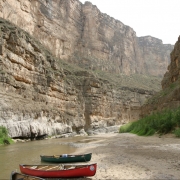






Leave a Reply
Want to join the discussion?Feel free to contribute!